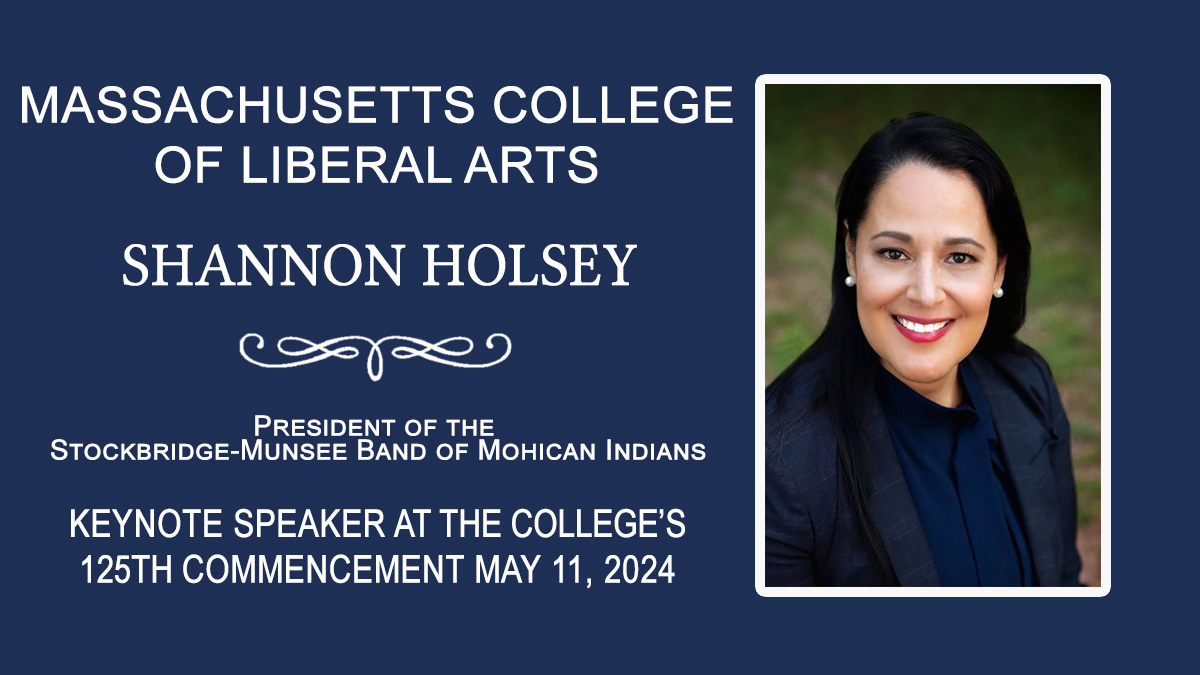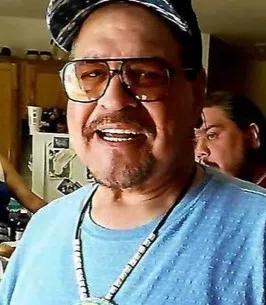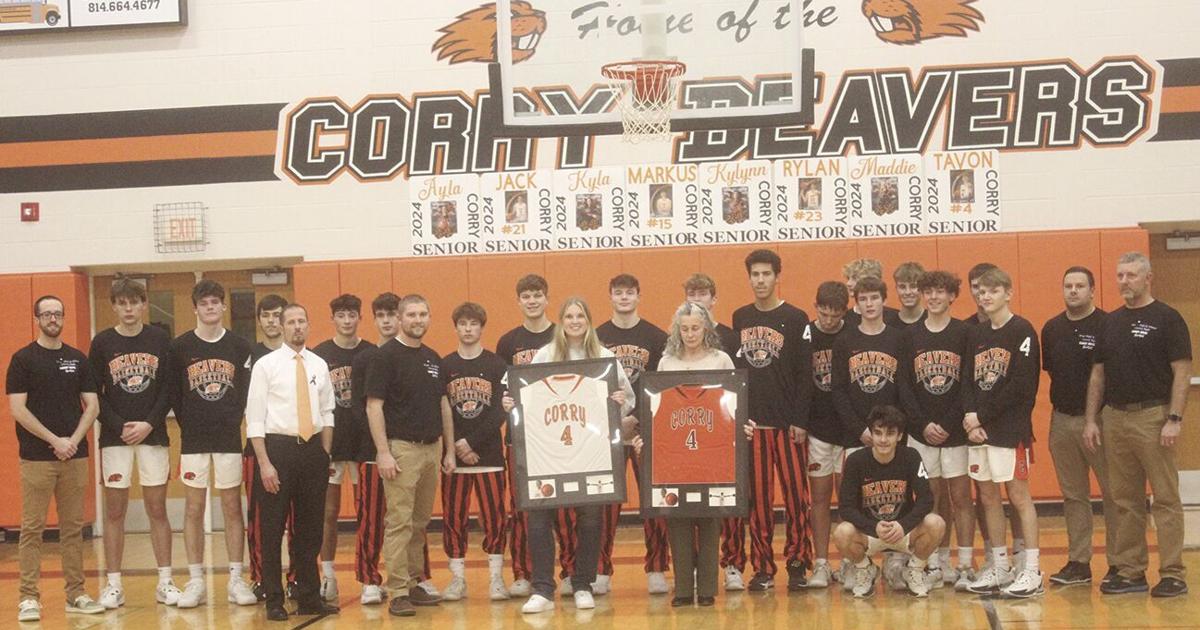 NORTH ADAMS, Mass. — The keynote speaker at Massachusetts College of Liberal Arts’ 125th commencement exercises will be Shannon Holsey, president of the Stockbridge-Munsee Band of Mohican Indians.
NORTH ADAMS, Mass. — The keynote speaker at Massachusetts College of Liberal Arts’ 125th commencement exercises will be Shannon Holsey, president of the Stockbridge-Munsee Band of Mohican Indians.
This year’s commencement will be held Saturday, May 11, at 11 a.m., in the Amsler Campus Center Gymnasium. Massachusetts College of Liberal Arts sits on the ancestral land of the Stockbridge-Munsee Band of Mohican Indians.
In addition, MCLA will confer honorary doctorates to four individuals: President Holsey, state Sen. Paul Mark, Mass Humanities Executive Director Brian Boyles and former president and CEO of Child Care of the Berkshires Anne Nemetz-Carlson.
“I am excited to have Shannon Holsey as the keynote speaker for this year’s Commencement,” said MCLA President James F. Birge. “Her dedication to community service, leadership, and advocacy for Native American rights aligns with our commitment to producing well-rounded, socially conscious graduates. I look forward to the inspiration and wisdom she will undoubtedly share with our graduating class.”
Shannon Holsey
Holsey will be awarded a Doctor of Humane Letters recognizing her leadership and commitment to the well-being of her community that has earned her three terms as president of the Stockbridge-Munsee Band, following her eight years as a member of the Tribal Council. Raised on the Stockbridge-Munsee reservation in Bowler, Wis., Holsey has dedicated herself to ensuring the tribe serves as responsible stewards of economic, environmental, cultural, and intellectual resources.
She also serves as the president of the Great Lakes Inter-Tribal Council, which represents 12 member tribes across 45 counties with a land base of about 1 million acres. She is an appointee to the Wisconsin State Legislature’s Special Committee on State-Tribal Relations and…








